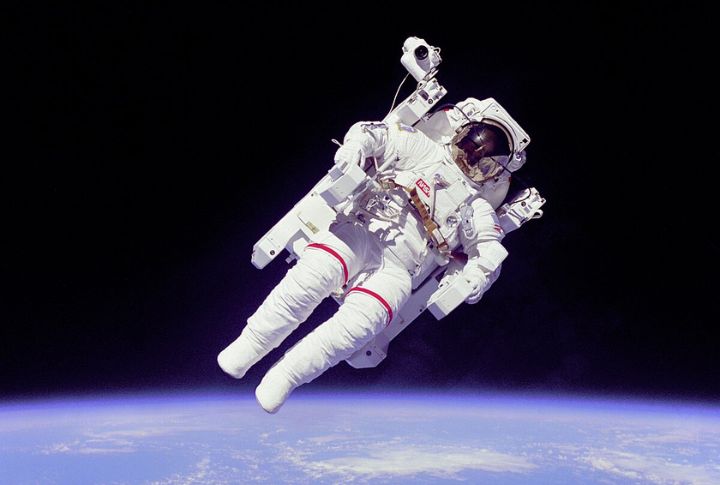
Spacewalks sound like the ultimate adventure, right? Floating freely in the vastness of space, free as a bird, except that the birds in a high-tech suit and tethered to a spacecraft. The reality of these out-of-this-world excursions comes with a few serious risks not everyone knows about. If you’re curious, let’s take a look at ten challenges every astronaut faces when stepping into the void.
Life-Threatening Decompression Sickness
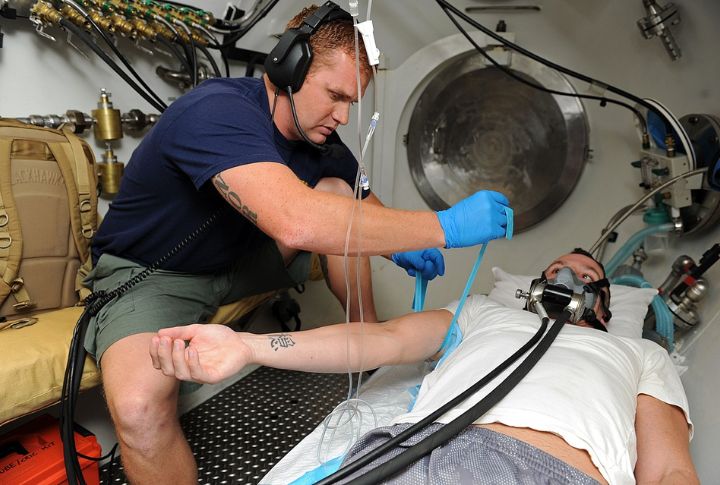
One of the risks during spacewalks is decompression sickness, often called “the bends.” When astronauts return to the spacecraft after being exposed to the vacuum of space, the rapid pressure change causes nitrogen bubbles to form in their bloodstream. This can cause debilitating pain or permanent damage to organs.
Exposure To Harmful Radiation
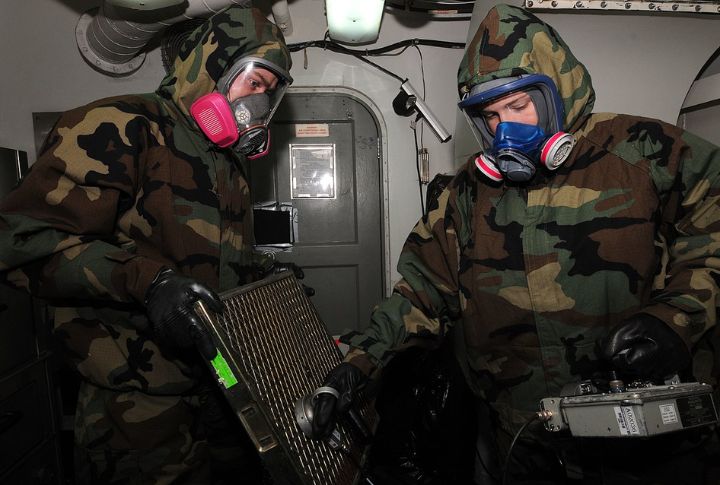
In space, radiation levels are much higher than on Earth, and during spacewalks, astronauts are particularly vulnerable. They’re exposed to cosmic rays and solar particles that can harm body cells and increase cancer risk. So, it is essential to design more protective measures.
Microgravity Hazards To Body Function
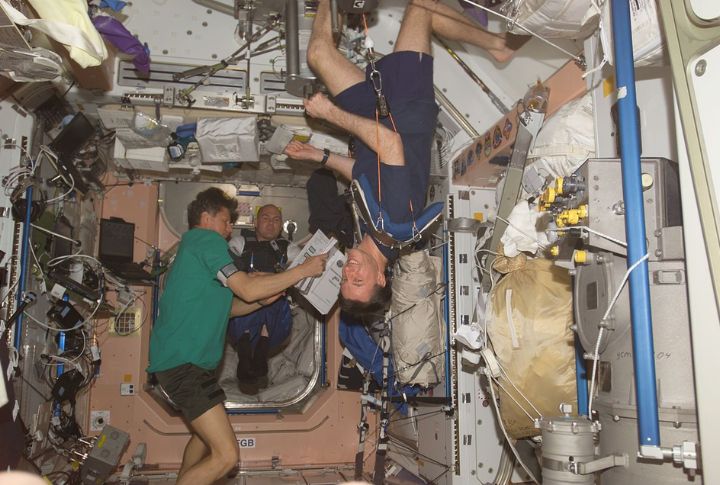
In microgravity, bones and muscles weaken because they’re not used to the usual pull of gravity. It makes astronauts more susceptible to injuries, fatigue, and strain during tasks. That’s why floating through space might feel free, but the physical toll is real and hard to ignore.
The Threat Of Space Debris

Floating in orbit are thousands of pieces of space debris, ranging from flecks of paint to defunct satellites. Plus, small fragments moving at high speed can puncture an astronaut’s spacesuit. A collision with just a tiny speck could be catastrophic, so constant monitoring and evasive tactics are a must.
Equipment Malfunctions In The Vacuum Of Space
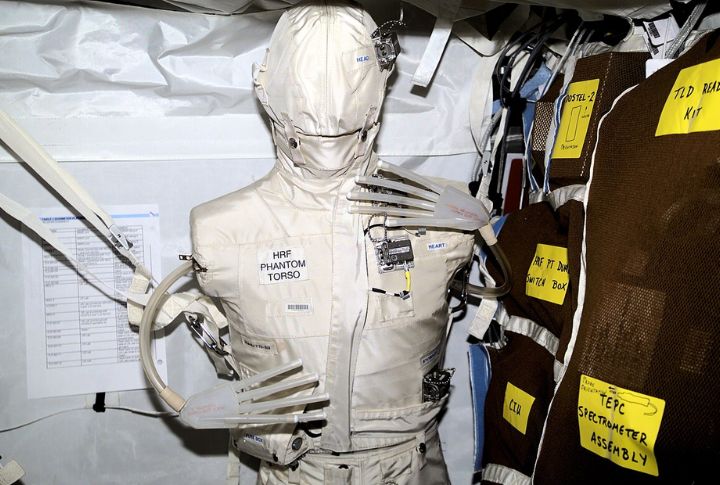
Spacesuits are life support systems, and any crack or malfunction in the suit can expose astronauts to the vacuum of space, causing a rapid loss of oxygen and bodily harm. Every component has a backup, but even the slightest issue can make an EVA a race against time.
Risk Of Getting Lost In Space
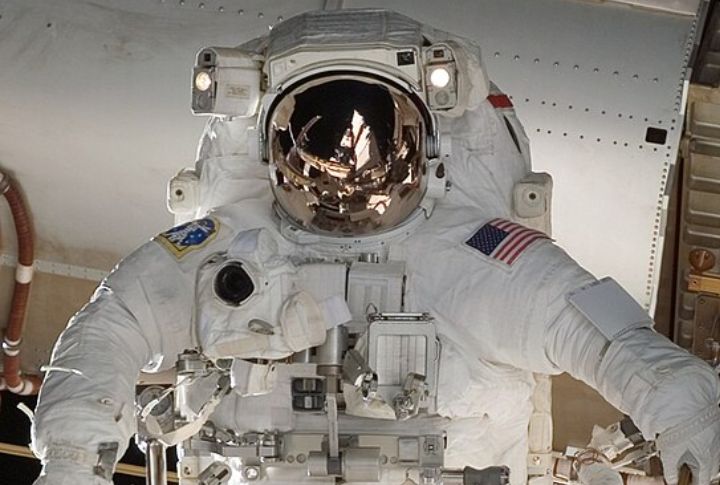
Picture this: you’re outside the spacecraft, floating in space with no tether, no clear direction, and no easy way to get back. While rare, the risk of getting lost during a spacewalk exists. Losing your sense of orientation can make it nearly impossible to find your way back to the safety of the shuttle.
Vulnerability To Extreme Temperatures
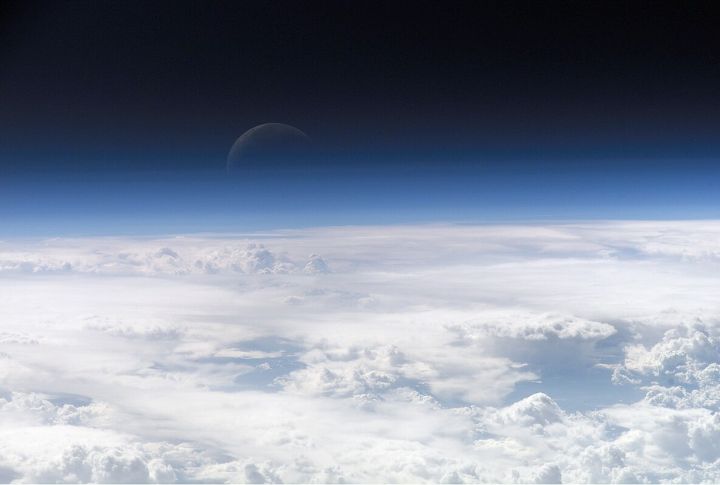
Space is a furnace and a freezer all at once. On the sunny side of the spacecraft, temperatures can soar to over 250°F, while the shaded side can dip as low as -250°F. Space suits are designed to protect astronauts, but these extreme temperature variations can still cause issues.
Physical Exhaustion And Fatigue

A spacewalk requires immense physical effort. Astronauts are suited up in bulky suits, maneuvering through the vacuum of space, often performing complex tasks that are both mentally and physically draining. Such fatigue can lead to accidents if an astronaut’s body gives out mid-mission.
Psychological Strain And Isolation
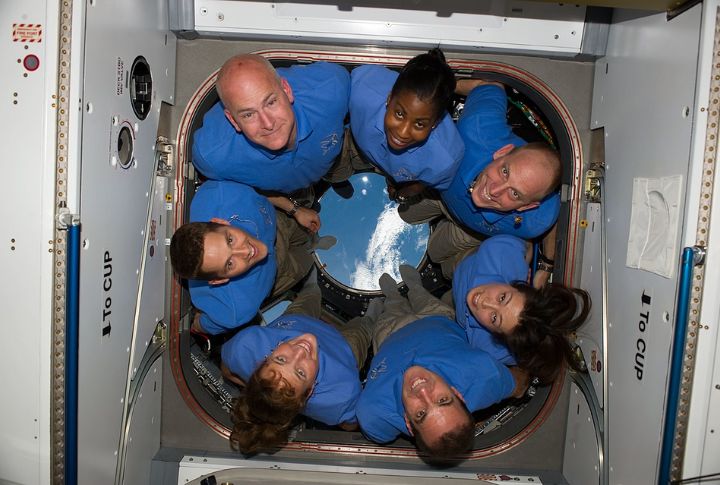
Think about working alone, surrounded by nothing but blackness and stars, with no one to speak to except your radio. The isolation during spacewalks can take a psychological toll. With the Earth far below and no immediate human contact, astronauts face the challenge of staying focused and calm.
The Risk Of Spacecraft Damage During Re-entry
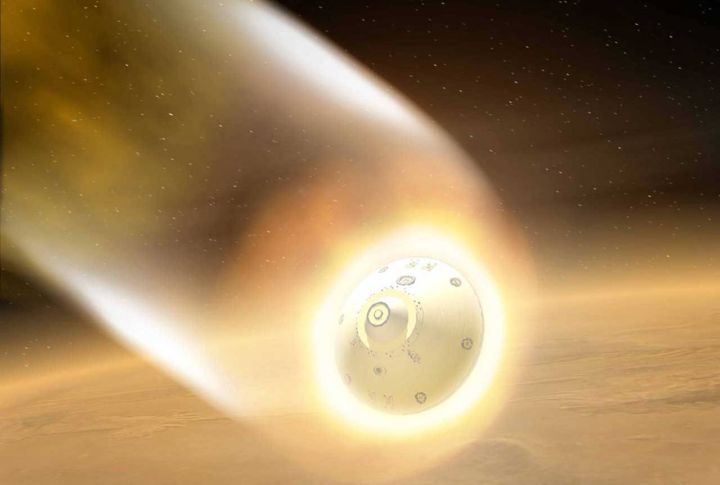
Although spacewalks themselves carry direct risks, issues during re-entry can also arise. A mishandled spacewalk tool or equipment can become a projectile, damaging the spacecraft. Furthermore, any damage to the craft can jeopardize the entire mission.

